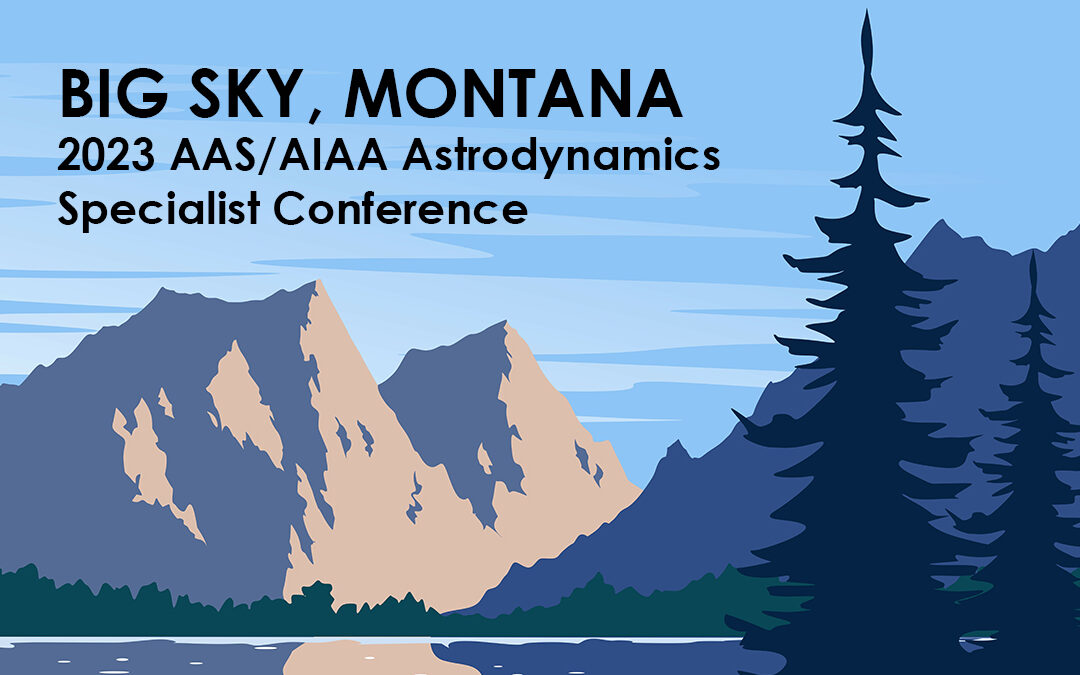
Sep 12, 2023 | Papers & Presentations
As the seasons begin changing we look back on our summer highlights including one of our favorite conferences to share all our great work. If you didn’t have a chance to attend our talks in person at the Summer 2023 AAS/AIAA Astrodynamics Specialist Conference, we’ve uploaded all our papers below! (more…)

Jun 26, 2023 | Papers & Presentations, Partners & Partnerships
Advanced Space doesn’t just have a spacecraft flying at the Moon: we also investigate missions to deep space.
Last year, we conducted a feasibility study for a local non-profit organization (ASTROBi Foundation) that investigated the functions, cost, and complexity of three major components for a low-cost mission to Saturn’s moon Enceladus: (1) the entire trajectory set for a spacecraft to follow, (2) the navigation architecture, including both in-space and ground-based navigation, and (3) a low-cost ground system to support the mission. The mission’s science goal is to determine if biological signatures of life exist there. The spacecraft, named Encelascope, would collect its data by flying through the plumes that are erupting from the “Tiger Stripes” that appear on Enceladus’ southern latitudes. The Tiger Stripes are long depressions that have been observed to be spewing a stream of tiny particles into space, apparently from an underground ocean. A liquid ocean is a tantalizing location to probe for signatures of life. The science would require that the spacecraft pass through the Tiger Stripes’ plumes as low as possible, down to 1-20 kilometers above Enceladus’s surface, and the science phase would last approximately one year. (more…)
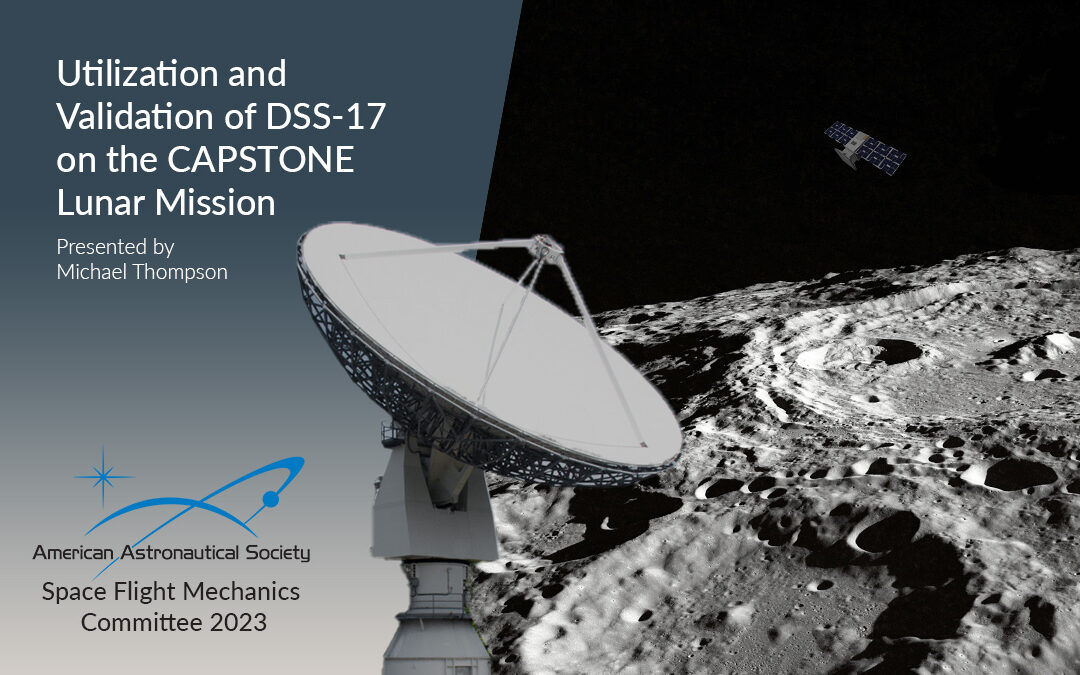
Jan 26, 2023 | Papers & Presentations
Presented at the 33rd AAS/AIAA Space Flight Mechanics Meeting 2023
MichaelR. Thompson, and Mitchell Rosen
ABSTRACT
The Cislunar Autonomous Positioning System Technology Operations and Navigation Experiment (CAPSTONE) mission is an ongoing mission to serve as a pathfinder for cislunar operations and navigation for the Lunar Gateway and the greater Artemis program. As part of nominal operations, one of the tracking dishes that CAPSTONE utilizes is DSS-17 at Morehead State University. Through a series of necessary corrections, CAPSTONE has been able to generate radiometric measurements using this dish on the same order of noise magnitude as typical DSN measurements. This paper will provide an overview of the necessary processes and early performance of DSS-17 in CAPSTONE orbit determination.
(more…)
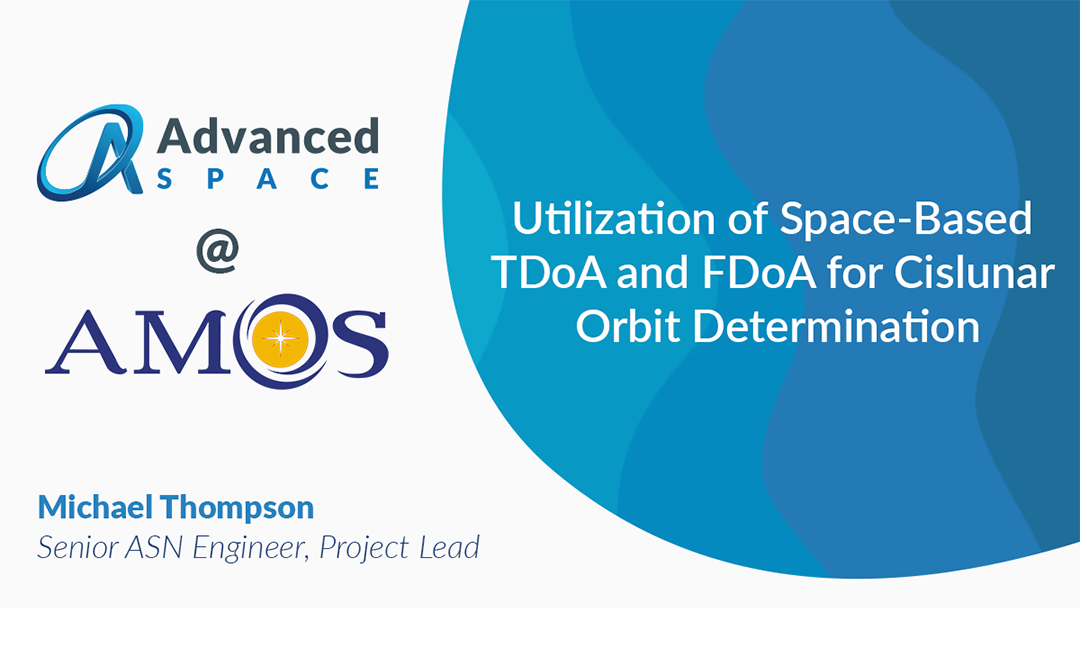
Oct 18, 2022 | Papers & Presentations
Presented at the Advanced Maui Optical and Space Surveillance Technologies (AMOS) 2022 Conference
Michael R. Thompson, Matthew D. Popplewell, Bradley Cheetham
ABSTRACT
This study evaluates the potential observability benefits of space-based passive RF systems compared to other ground-based and space-based observers for cislunar Space Domain Awareness. TDoA and FDoA observations are used for orbit determination of objects in the lunar vicinity using observers in GEO and XGEO. The results are compared to ground-based observations in order to analyze the performance gains over existing architectures. Results show using space-based systems result in faster filter convergence and more accurate state estimates.
(more…)
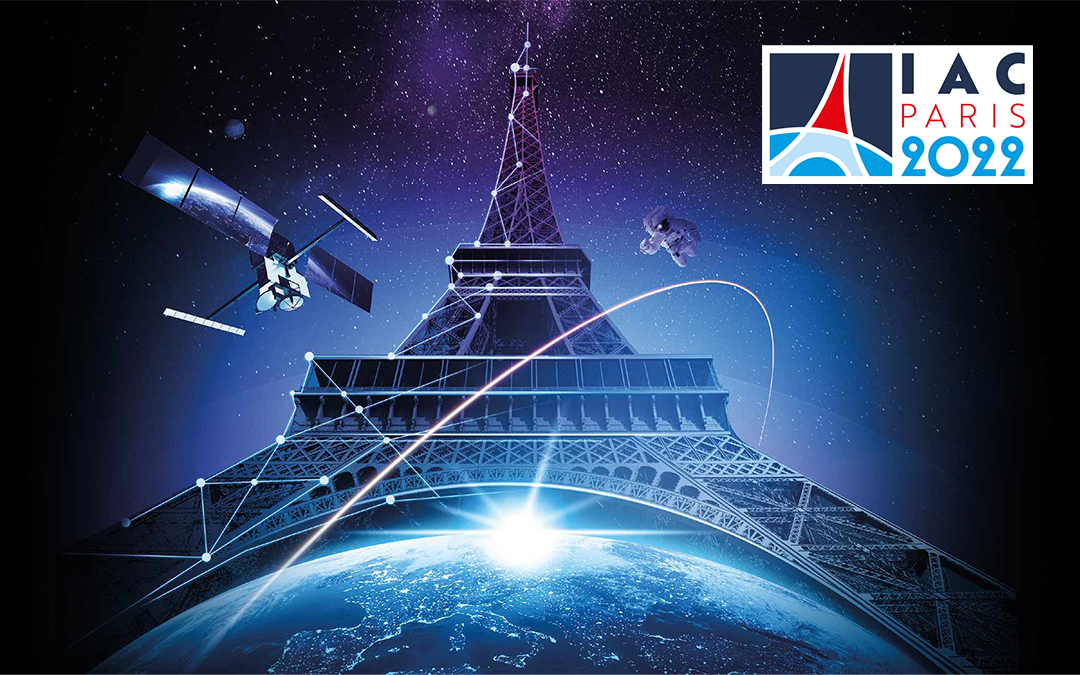
Oct 13, 2022 | Papers & Presentations
Hard to believe IAC 2022 was a few weeks ago and the year is almost over! In case you weren’t one of the lucky attendees to the Paris show, we’ve added our presented papers below for download and review. (more…)
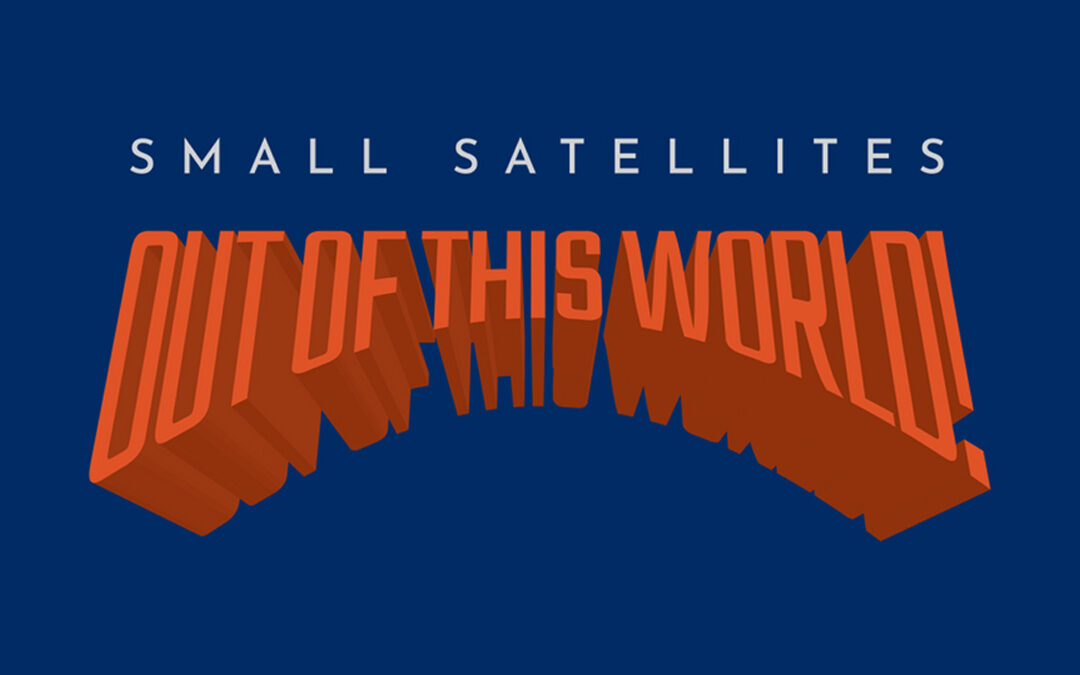
Aug 19, 2022 | Papers & Presentations
Presented at the 36th Annual Small Satellite Conference 2022
Advanced Space: Tom Gardner, Brad Cheetham, Jeff Parker, Alec Forsman, Ethan Kayser, Michael Thompson, Conner Ott, Lauren DeMoudt, Matt Bolliger, Arlen Kam
Terran Orbital: Keith Thompson, Tristan Latchu, Rebecca Rogers
Stellar Exploration: Brennan Bryant, Tomas Svitek
ABSTRACT
The cislunar environment is about to get much busier and with this increase in traffic comes an increase in the demand for limited resources such as Earth based tracking of and communications with assets operating in and around the Moon. With the number of NASA, commercial, and international missions to the Moon growing rapidly, the need to make these future endeavors as efficient as possible is a challenge that is being solved now. Advanced Space is aiming to mitigate these resource limitations by enabling spacecraft in the cislunar environment to navigate autonomously and reduce the need for oversubscribed ground assets for navigation and maneuver planning. (more…)





